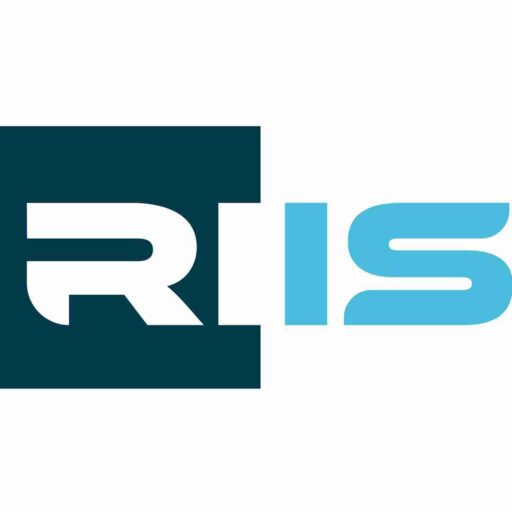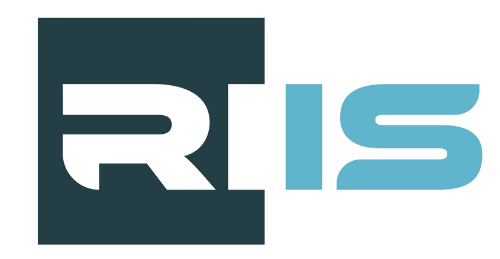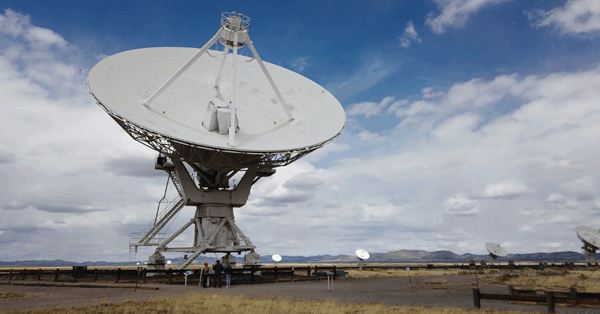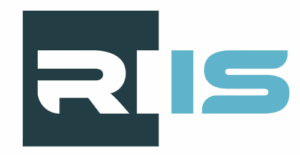CLIENT: Mandela Mining Precinct; Longevity of Current Mines (LoCM)
CONSULTING PARTNER: RIIS
The challenge
South Africa’s mining sector faces mounting pressure to modernise while addressing economic constraints, regulatory complexity, and operational inefficiencies. Technology developers—particularly SMEs—struggle to bring innovations beyond the prototype stage, encountering high capital costs, lack of funding access, stakeholder misalignment, and the so-called “Valley of Death.” MMP through the Longevity of Mines (LoCM) programme, sought a structured solution to support the development and market deployment of technologies that could enhance productivity, safety, and sustainability in mineral extraction.
Approach
RIIS was commissioned to develop a practical business framework to support technology developers transitioning from Technology Readiness Level (TRL) 6 to TRL 9. Adopting a systems engineering approach rooted in ISO 15288 and Commercial Readiness Index principles, RIIS conducted:
- 21 stakeholder interviews and 37 surveys with OEMs, mining houses, government, and academia;
- A multi-phase analysis of commercialisation barriers across technical, financial, operational, and regulatory domains;
- Design and validation of a TRL-aligned commercialisation journey map;
- Integration of feedback from industry workshops and testing environments.
The solution
The resulting LoCM Business Framework provides a step-by-step, non-prescriptive roadmap for technology developers. It offers checkpoints across the commercialisation journey, from TRL 1 to TRL 10, helping innovators:
- Secure early stakeholder buy-in;
- Align technology development with regulatory and business requirements;
- Integrate manufacturing readiness and human factors;
- Navigate financial hurdles and refine market fit through feedback loops.
Additionally, RIIS designed a conceptual digital information-sharing platform to link stakeholders, promote transparency, and crowdsource solutions for mine-specific challenges.
Key results
- Framework validated by industry through collaborative workshops;
- Guidance tools developed for prototype refinement, fundraising, and pilot testing;
- Identified enablers for market entry, including early client engagement and regulatory strategy;
- Enhanced commercial readiness for SMEs through tailored support across TRL 6–9.
The impact
The Business Framework equips innovators with clarity and structure, enabling scalable mining technologies and reducing commercial risk. It serves as a foundational tool to foster collaboration, improve regulatory navigation, and unlock investment in high-impact mining innovation. Implementation has contributed to stakeholder alignment and provided the foundation for sector-wide commercialisation support mechanisms.
The Mandela Mining Precinct is a public-private collaboration between the Department of Science, Technology and Innovation (DTSI) and the Minerals Council South Africa. It is an initiative aimed at revitalising mining research, development and innovation in South Africa to ensure the sustainability of the industry.
